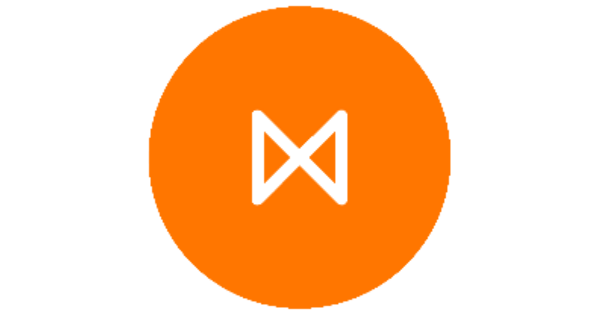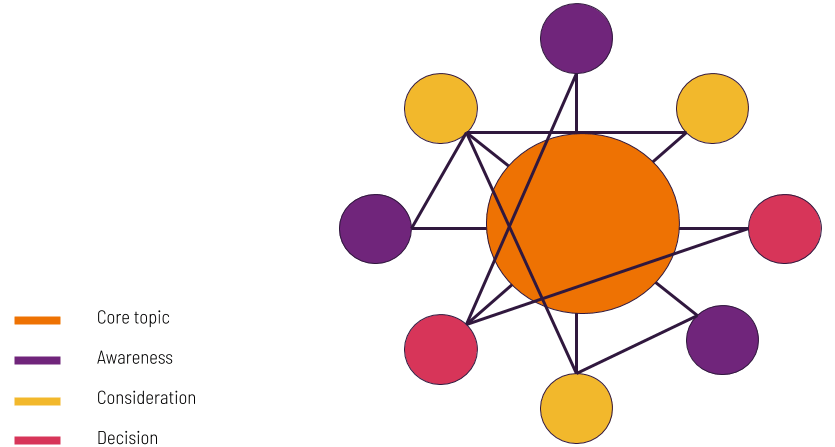Content marketing is part art and part science. But every good content marketing campaign should always have clearly defined KPIs. Why?
While it can be easy to get lost in the data, a few clearly defined KPIs can tell you what content pieces work well and help you to repeat that success in future campaigns. Equally, KPIs help to weed out the pieces that just aren’t performing. This is vital marketing data.
This post gives you an overview of some of the most effective content marketing KPIs and how to use them in your content campaigns.
Reach metrics

Table of Contents
ToggleThe following KPIs focus on the traffic data of your content. They give a good overall picture of how well a content piece is performing.
Unique visits
This is the baseline KPI for most content campaigns. It simply tells you the number of people who have viewed your content. This KPI is more precise than total page views, because it only includes individual users, even if they visit the same piece of content twice. This allows you to make better predictions, such as the number of leads you may be able to generate.
Traffic share
Traffic share is simply the percentage of all of your traffic that a single page pulls in. Sorting your data by traffic share is one of the quickest ways to see what your best-performing content pieces are. Focus on promoting these articles on social and in paid campaigns as they are likely to perform the best.
Demographic metrics

The following KPIs provide information on your users that can help you optimize your content and your paid campaigns.
Desktop vs. mobile vs. tablet
It’s important to know what devices your readership uses. Armed with this knowledge, you can make sure that your site is mobile-friendly or uses responsive design. Google Analytics can filter your traffic data by device. Try and tailor your content experience to your users based on the devices they are using.
Geographic region
Google Analytics allows you to filter traffic data by geographic region. This is valuable information because it tells you where to focus your marketing budget. This also spills over to social campaigns. If you have a lot of visitors from, say, Canada, then a targeted social campaign could work well there.
Engagement metrics

These KPIs measure how engaged your users are. They are vital for finding the content pieces that your audience finds the most interesting.
Bounce rate
Bounce rate is one of the most misunderstood marketing metrics. It simply means when someone lands on a page, and then eventually hits the back button. The problem is that if someone reads your article for say ten minutes, and then hits back should that really count as a bounce?
Time on-page
Time on-page is the length of time a user spends on your page before leaving. This should be used in tandem with the bounce rate to determine how your content is performing. The longer your users spend on-page, the more engaged they are with your content.
Scroll depth tracking
This can be set up in Google Tag Manager and allows you to see how far your users scroll while checking out your content. You are looking for content where users regularly reach the bottom.
Use the above three KPIs together, not in isolation. A great piece of content might have a great scroll depth but a high bounce rate. Only focussing on one KPI would not reveal this.
Number of social shares
This is a crucial metric to capture and is simply how many people share your content on social media channels. Sharing indicates that users not only enjoyed your content, but they found it useful and shared it with their community. This tells you that 1) this content piece is performing very well and 2) the users that share this content are excellent leads.
Number of comments
Lots of comment usually means that readers are very engaged. Often CMS like WordPress shows you how many comments each blog post currently has. Ordering your content by the number of comments can show you at a glance the articles your readers found the most interesting.
CTA click-through rate
On each page, such as a blog post, you have CTAs that you want users to click on. They may lead to a checkout page, another landing page, or to a download page. This is important for understanding how users progress through the funnel. Each CTA will have a different click-through rate. Measuring them allows you to tweak and optimize them.
Start measuring your content campaigns today

Content marketing is one of the most effective marketing channels. If you want to keep up with the latest trends in content marketing, we recommend you watch this video from Neil Patel on where content marketing is heading.
KPIs are vital to the success of any content marketing campaign. Get started with these KPIs and use the insights to optimize your campaigns. While standard solutions such as Google Analytics can track many of these KPIs, it cannot track social in great detail. As this data is vital to your content marketing efforts, a standalone solution like Metigy is the best way to get reliable data.
Learn how Metigy can help measure your performance across all social channels in one universal dashboard.[/et_pb_text][/et_pb_column] [/et_pb_row] [/et_pb_section]









